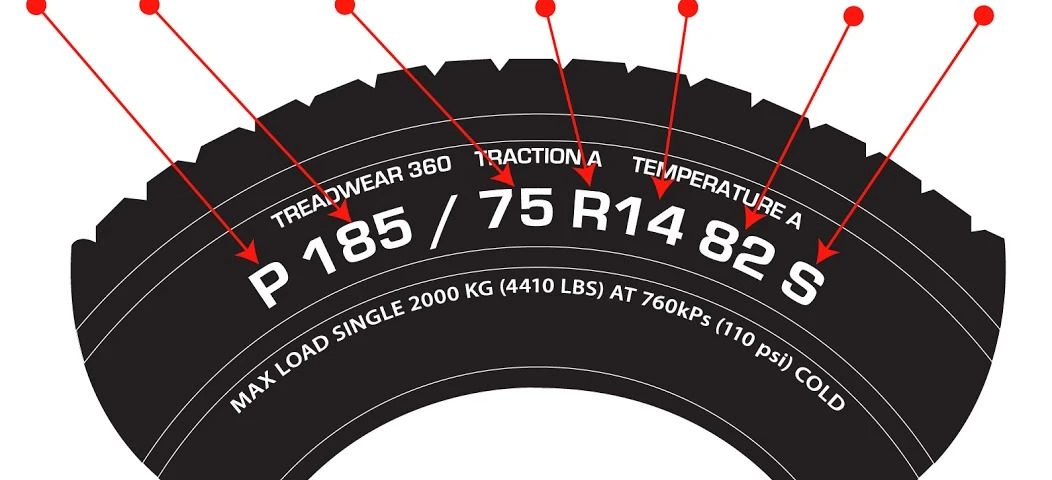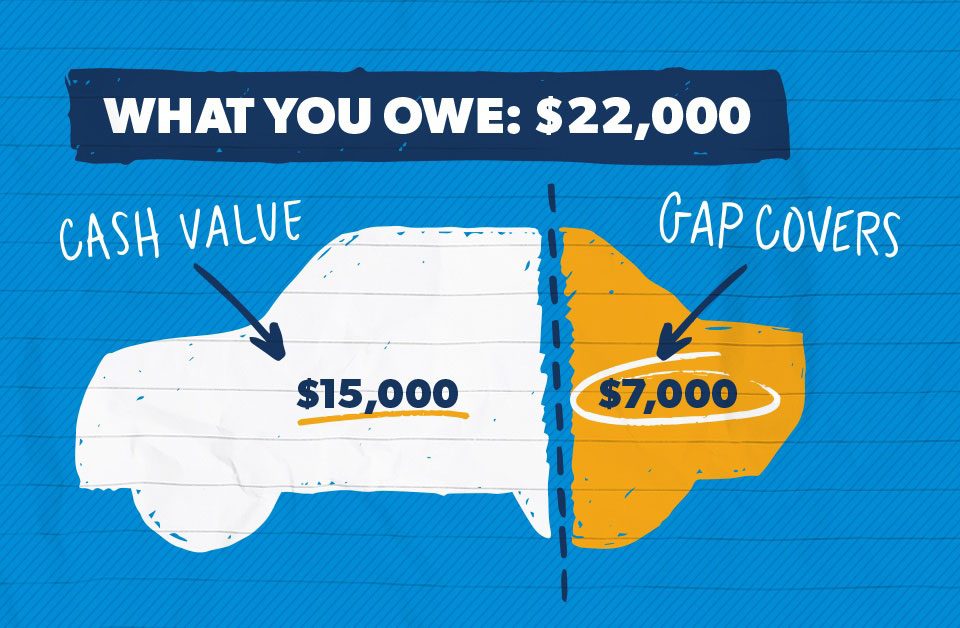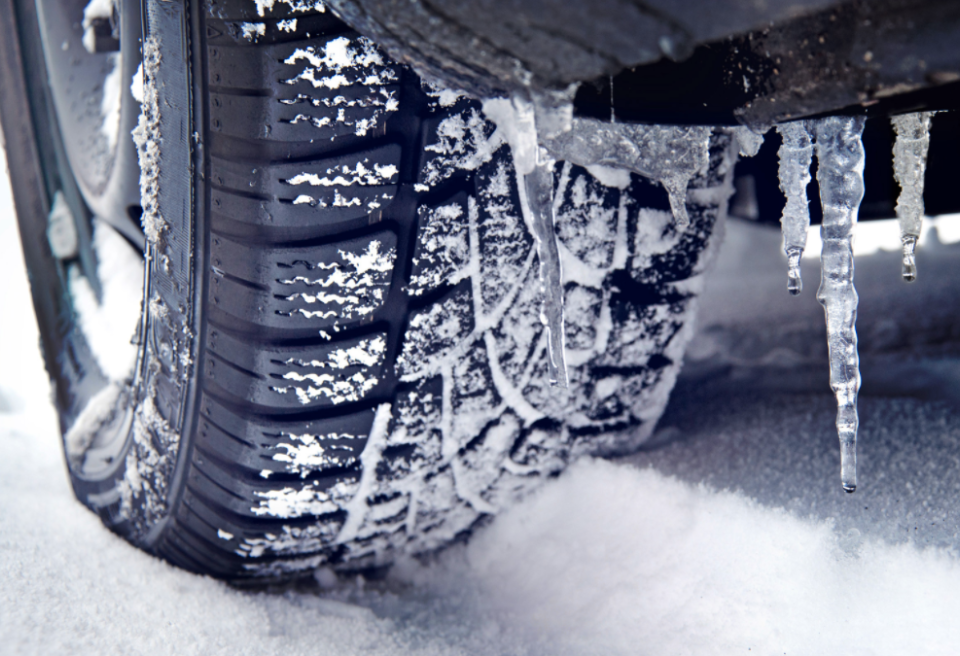Understanding Tire Code

Dodge Discontinues the iconic Grand Caravan
03/23/2021
2021 GMC Yukon VS 2021 Chevrolet Tahoe: Which one should you buy?
03/23/2021Tires are one of the most critical parts of your vehicle; without them, your vehicle will be inoperable no matter how expensive or fancy your vehicle is. Everyone knows what model, function or capabilities their vehicle is but few people fully understand one of the most important parts of their vehicle!
All vehicle manufacturers have published complete vehicle information in the vehicle in the owner’s manual, including the recommended tire code for your vehicle. If you have lost your vehicle owner’s manual, the recommended tire’s information is also available on the doorjamb.
The tire code on any tire is located on the sidewall of the tire, let us break it down for you to gain a full understanding of your tire code.
The most important tire code is located at the centre of the tire sidewall.
Tire Type
There are few types of tire in the market, “P” stands for passenger ( or often called P-Metric ), “LT” stands for light truck, “ST’ stands for special trailer and “T” stands for temporary. However, not all manufacturers put tire type lettering on the side wall.
Tread Width
The first number in this series refers to the tire’s section width, or the distance from sidewall edge to sidewall edge, measured in millimeters up and over the tire’s tread. Generally speaking, the larger this number is, the wider the tire will be.
Aspect Ratio
This number is the tire’s aspect ratio, or its section height compared to its section width. In this example, the section (or sidewall) height is 75 percent of the section width. This number can be indicative of a tire’s purpose. Lower numbers, like 55 or less, mean a short sidewall for improved steering response and better overall handling.
Construction
The “R” refers to radial construction, which has been the industry standard in passenger-car tires for more than 25 years. Prior to radial tires, most cars came with bias-ply tires, which had a crude construction that made for poor handling. Bias-ply tires (which use a “B” for their description) are still used for certain truck applications.
Rim Diameter
This is the wheel (or rim) diameter, in inches, for which the tire was sized. Pay particular attention to this number if you plan on upgrading your wheel size. If your wheel diameter changes, you’ll have to purchase a new set of tires that matches this new diameter.
Load Rating & Speed Rating
“82 S” indicates the load and speed index of the tire. The numbers correspond to a standardized load and speed index chart.
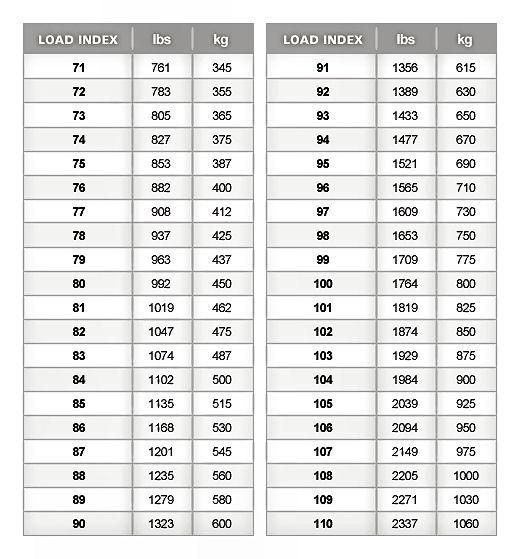
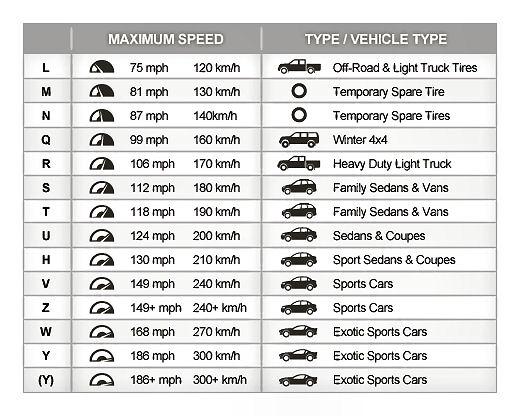
D.O.T

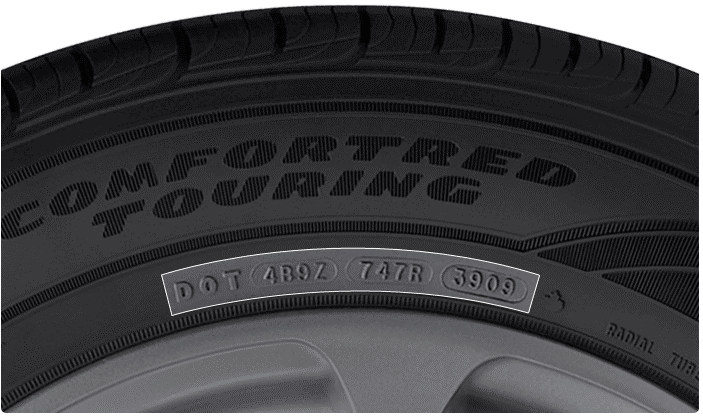
This denotes the Department of Transportation and Transport Canada safety standards. This number decoded will tell you the manufacturer and plant the tire came from, as well as the date of production. The last 4 numbers indicate the week and year of manufacture. In this case the tire was made on the 26th week of 2013 ( 52 weeks per year ). Determining tire age is crucial as some dealers can have new tires sit in the warehouses for years. Most rubber compounds used in tires today have a finite life, and tend to age, harden and crack with time and exposure to the elements, weakening the tire structure and increasing chances for failure. A good rule of thumb is 6 years. If the DOT indicates the tire is older than 6 years, it should not be put into service, or replaced if currently on a vehicle.
Seasonal Tires
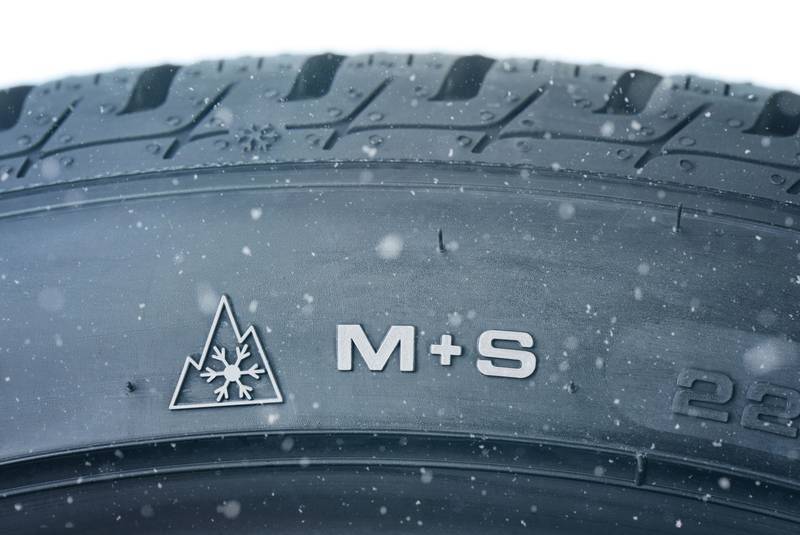
In Canada, with snowfall winter lasting anywhere from four to eight months depending on your location. Winter rated tires are mandatory by law in many provinces and highly recommended in the remainder of provinces. All winter tires will have a snowflake icon on the tire sidewall. M stands for mud and S stands for snow.

